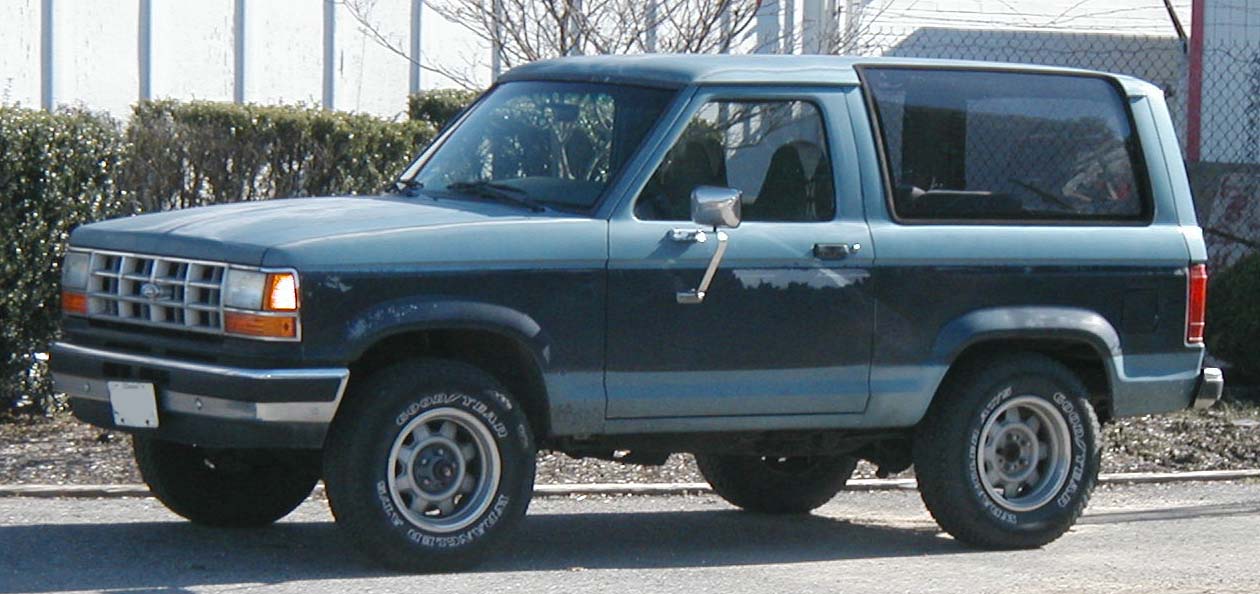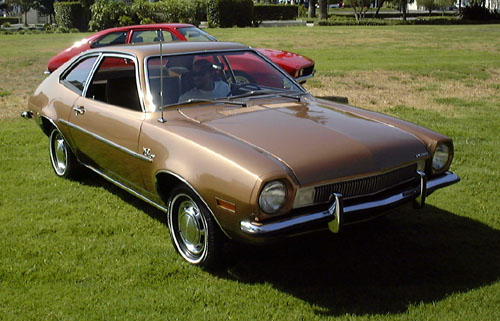 Ford Bronco 2 and Ford Explorer
Ford Bronco 2 and Ford Explorer
 Both of these cars have a surprisingly deadly flaw; They are so top heavy and the suspension was so flawed that they roll over if you turn at an even remotely fast speed. The Ford Bronco was released in 1983 but the SUV was rolling over way before. In test drives the car repeatedly flipped and only at a speed of 50km. It was obvious that the car would constantly crash in the hands of the public, but Ford released it with barely any changes made. In fact, engineers recommended some changes that would stabilize the car as far back as 1981, but none were implemented.
Both of these cars have a surprisingly deadly flaw; They are so top heavy and the suspension was so flawed that they roll over if you turn at an even remotely fast speed. The Ford Bronco was released in 1983 but the SUV was rolling over way before. In test drives the car repeatedly flipped and only at a speed of 50km. It was obvious that the car would constantly crash in the hands of the public, but Ford released it with barely any changes made. In fact, engineers recommended some changes that would stabilize the car as far back as 1981, but none were implemented.
The Ford Explorer was released in 2000. The SUV was advertised as a safe, family friendly variant of the Bronco. Except it suffered from the exact same issue. The Explorer was practically the Bronco 2, with modest changes. The body style and wheels being the largest. Apparently Ford knew that the Explorer would also flip, but still decided against not changing the suspension or overall design. Ford told people that the stability would increase if they lowerd the tire pressure, but all this did was made the Firestone tires on the explorer de-tread leading to even more rollovers.
Soon after the car was released to the public, the Firestone CEO said this "Firestone will no longer sell tires to Ford for use on the Explorer. "There is something wrong with the Ford Explorer. The testing and accident data we have done proves it," Lampe said. "You can take our tires off the Ford Explorer and it would continue to roll over."
Between 1983 and 2001, 3,826 people have died from the two cars rolling over, and I imagine that many more have died in the years since.
Ford Pinto
The Ford Pinto was initially released in 1971. It was a small car, originally built to fight against the smaller cars being imported from Europe. It also used less gas too, which many people wanted due to the 1973 oil embargo. In the ten years that it was sold, 3 million Pinto's were bought. Shortly after the car was released to the public a very large flaw in the cars design was shown. The gas tanks location. The Pinto's gas tank was located at the back of the car, with only the bumper covering it. Because of this, if the car was rear ended, even if it was a low speed collision, the tank would combust into flames. The majority of Pinto related deaths did not come from the trauma of being hit by another car, in fact the majority of the people killed in Pinto's showed to be relatively unscathed by blunt force. They were instead burnt, this elevated further as the Pinto's doors jammed quite regularly when the fuel tank combusted. The numbers of people killed range from 27 to 180. Ford was regularly sued by survivors of the explosion, one boy who was severely burnt and disfigured sued the company for 126 million dollars. Ford was losing money, even when the court lowered the total money possible to 35 million, it was a wake up call to them and in 1978, Ford recalled 1.5 million cars, the largest recall in history at the time to make them safer.


All generations of the Ford Mustang
The Ford Mustang has no critical flaws, and in fact all their designs since the 1960's have been quite safe as well. So why am I talking about them? It's their power and availability. Mustangs are cheap in comparison to most powerful cars. It only costs a good 10,000 dollars for a Mustang that's older then 2010. The affordable price and the power of them make it the first cars of many adrenaline filled teenagers that end up speeding and slamming them into hydro poles and other cars. The Mustang has a crash rate of 4 out of every 10,000 cars, which is a staggering ratio.

No comments:
Post a Comment